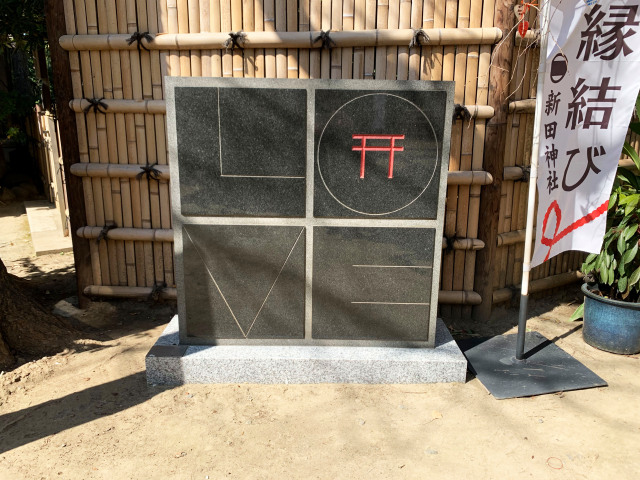
Dark details you won’t find in travel guides to Japan.
Did you know there are sites in and around Tokyo where people are forbidden to enter, lest they be spirited away by vengeful spirits and cursed forever?
These sites, and the dark histories hidden behind them, are often overlooked by travel guides, but we’re on a mission to introduce them to you firsthand. So this week, we sent our Japanese-language reporter Seiji Nakazawa out to Tokyo’s Ota Ward to investigate Nitta Shrine, a sacred site with “seven mysteries” and a forbidden patch of fenced-off ground.
Nitta Shrine has a history that stretches back 650 years to the Nanboku-cho Period (“South and North Courts Period”), that spanned the years from 1336 to 1392, when the country was divided between north and south, with intense conflict between the two factions. In the south, a powerful samurai named Nitta Yoshioki earned acclaim for being one of the best fighters and strategists of the era, but he met his demise in a cowardly attack at the Yaguchi Ferry, when clan members from the north who posed as his friends ended up double-crossing him, boring holes in the bottom of the boat and firing arrows at him and his servants.
▼ Nitta’s death, depicted by ukiyoe artist Utagawa Kuniyoshi (1798-1861)
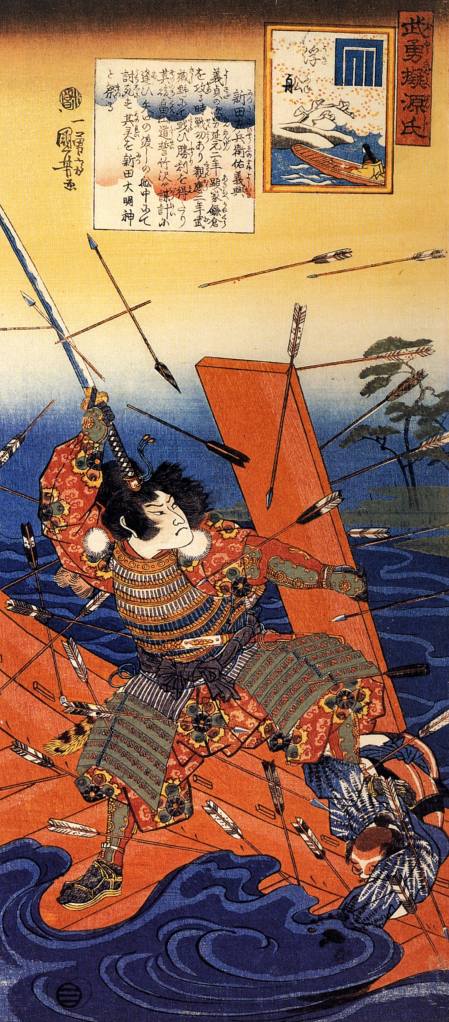
The samurai involved in Nitta’s death were said to have been cursed, dying after being sent crazy with hauntings by his spirit. The area was also ravaged by thunderstorms and lightning bolts after Nitta’s death, prompting locals to construct Nitta Shrine on the site where he was killed, in order to appease his vengeful spirit.
▼ This is one of the “Seven Wonders” or “Seven Mysteries” tied to the shrine, which are listed on a signboard at the entrance today.
The Seven Mysteries listed are:
1. After Nitta Yoshioki’s death, thunder continued for seven days and seven nights. When the samurai who killed Nitta returned to the Yaguchi Ferry, thunder roared from the dark clouds and the ghost of Nitta suddenly appeared, causing the samurai to fall from his horse and die in madness. After that, the grudge turned into a fireball and threw a lightning bolt near Yaguchi.
2. The mound behind the shrine is a circular mound where Nitta’s body was buried. Called “Turning-in-his-grave Mound” or “Wild Hill”, anyone who enters the area will be cursed.
3. The boat Nitta boarded and his armour buried within the mound were said to have grown into a “Boat Cedar” (later burned down by lightning).
4. The bamboo on the mound is called “flag bamboo” as it’s where the white flag of the Minamoto clan was flown. [The red-and-white colours of the Japanese flag come respectively from the Taira and Minamoto clans who fought in the 1180–1185 Genpei War]. Because the bamboo here makes a cracking sound during thunderstorms, scholar Hiraga Gennai recommended making “Yamori” (“arrow amulets”) from the bamboo, which gave birth to the hamaya arrow amulets sold at shrines around Japan today.
5. When the shrine is visited by family or descendants of Kunikiyo Hatakeyama, the northern shogunal deputy who sent the Edo clansmen to kill Nitta, it always rains and the guardian dogs growl.
6. The 700-year-old sacred Zelkova tree still lives, despite being split by lightning and war damage. It’s said that touching this sacred tree will bring longevity, healing of illness, and rejuvenation. A rare mistletoe grows in the upper part of the tree.
7. The ferryman involved in Nitta’s death later regretted his actions, building a jizo statue to atone for his part in the incident, but it’s said that the stone body collapsed and dissolved due to Nitta’s curse.
That’s a whole lot of mystery and history connected to this one spot in Tokyo, and Seiji made sure he treaded carefully as he bowed at the torii gate and entered the shrine. As he approached the main building, Seiji saw the 700-year-old sacred tree on the right-hand side of the main path, and wondered what stories it would tell if it could talk.
▼ Then, something else caught his eye…
▼ A giant arrow amulet!
At this point, Seiji was glad he’d stopped to read about the Seven Mysteries at the entrance, or else this sight would’ve really puzzled him. This giant arrow is actually an installation called “Yamori,” and was created by Katsumi Asaba, a famous Japanese graphic designer, to pay homage to the shrine’s history.
Seiji passed by the arrow to pay his respects at the main building before making his way to the back of the shrine in search of the mysterious mound.
▼ Could this be one of the guardian dogs that growls when an enemy descendant draws near?
Walking through the dappled sunlight, Seiji came to a metal fence with a sign in front of it alerting visitors to the sacred mound behind it. The sign also conveniently mentioned that entering the area will assuredly result in being cursed.
▼ The forbidden mound looks more like a small hill, and is protected by barbed wire to prevent people from entering it.
Despite its dark connection to grudges and vengeful ghosts, the shrine is a surprisingly peaceful spot with lush greenery to refresh the minds and spirits of visitors.
Over the years, the shrine has managed to shake off most of its negative connotations to a vengeful samurai spirit and is now better known as a place to pray for good fortune. And if you’re praying to find love, this is becoming quite the destination, as it’s now home to a “Love Shrine”.
▼ The “Love Shrine” is a special art project installation that comes with its own line of good luck amulets.
By walking through the shrine grounds, Seiji felt as if he’d gone on a journey from the thirteenth century right through to modern-day Japan. And the more he looked at it, the more this modern “Love” artwork reminded him of the famous installation in front of Shinjuku Island Tower.
Seiji was impressed to find that love can be born from grudges, and so he ended the visit with a grudge match…of table tennis with his mate Butch a.k.a Bigwave, who’d accompanied him on the visit to film a video for his YouTube channel.
▼ This clip, which comes with English subtitles, is adorably wholesome.
Things have certainly changed since the times of Nitta Yoshioki in the 1300s, but no matter how many years go by, and how many table tennis games are won and lost on that stone slab, the power of the samurai’s wrath remains a force not to be reckoned with.
Because as we’ve learnt with Taira no Masakado’s grave in Tokyo, interfering with the site of a vengeful spirit requires more care than a nuclear weapon.
Shrine information
Nitta Shrine / 新田神社
Address: Tokyo-to, Ota-ku, Yaguchi 1-21-23
東京都大田区矢口1丁目21−23
Photos © SoraNews24
● Want to hear about SoraNews24’s latest articles as soon as they’re published? Follow us on Facebook and Twitter!
[ Read in Japanese ]

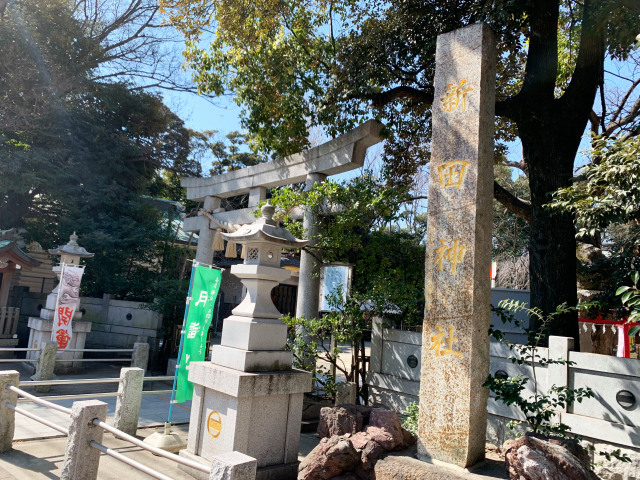
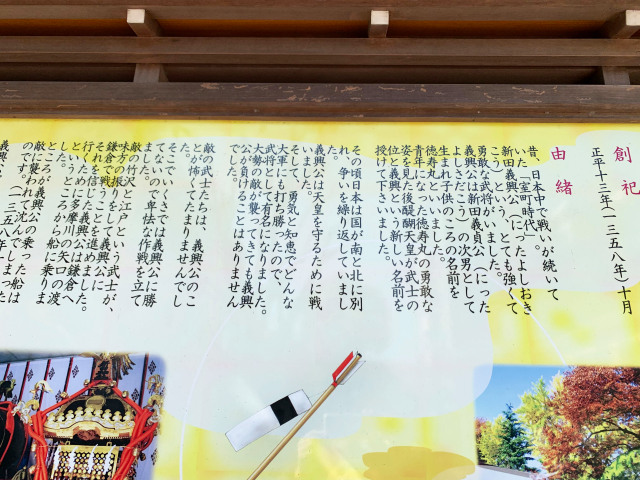
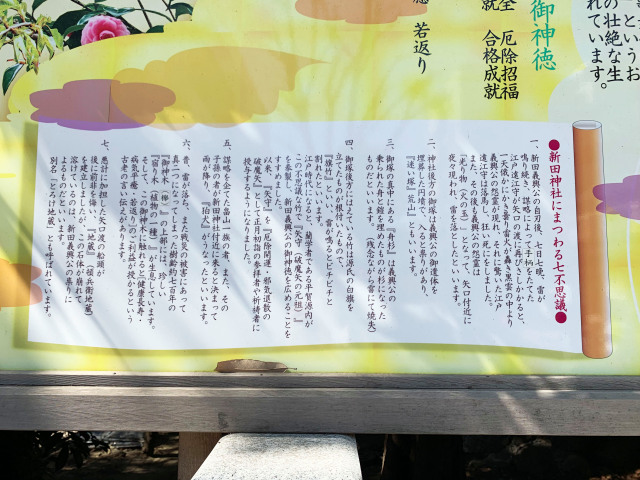
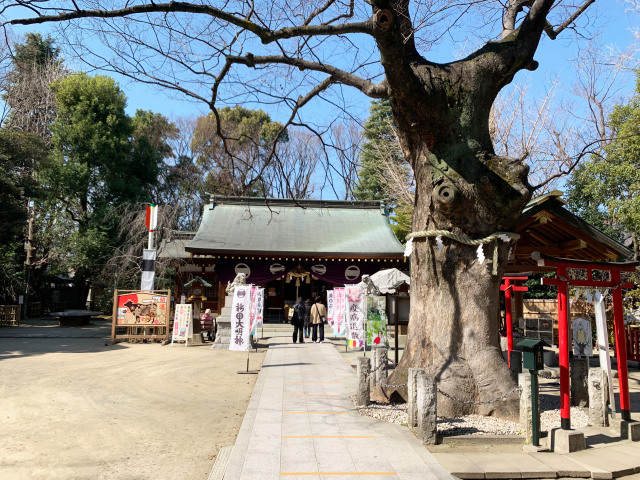
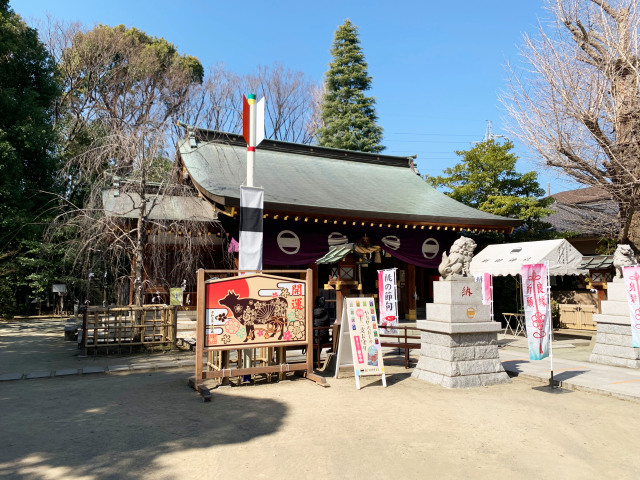
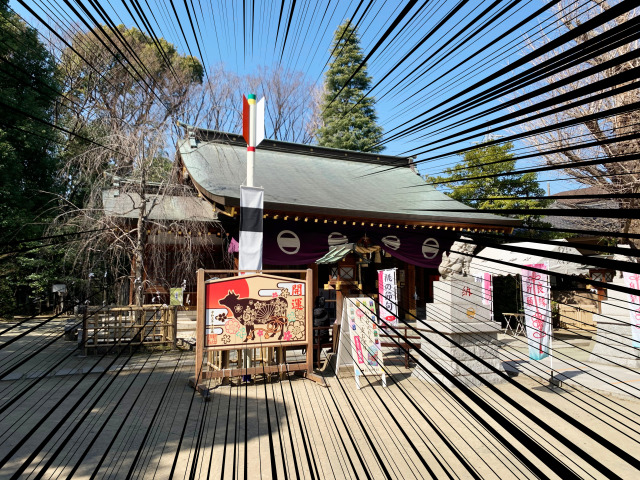
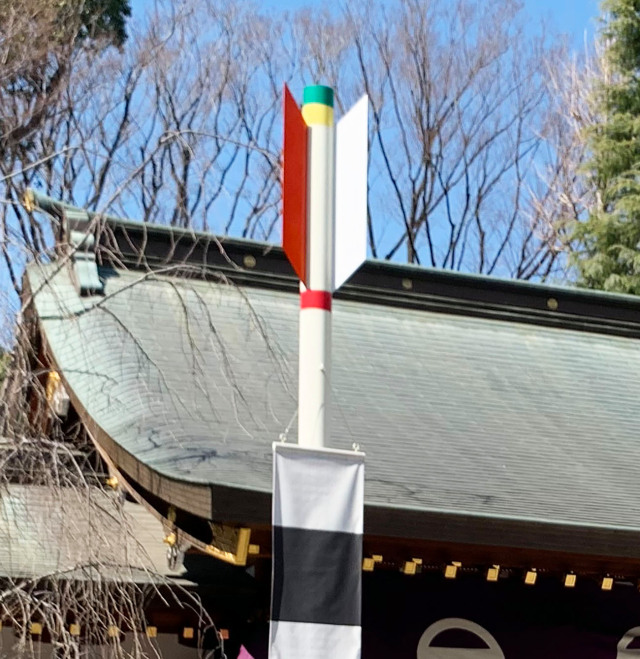
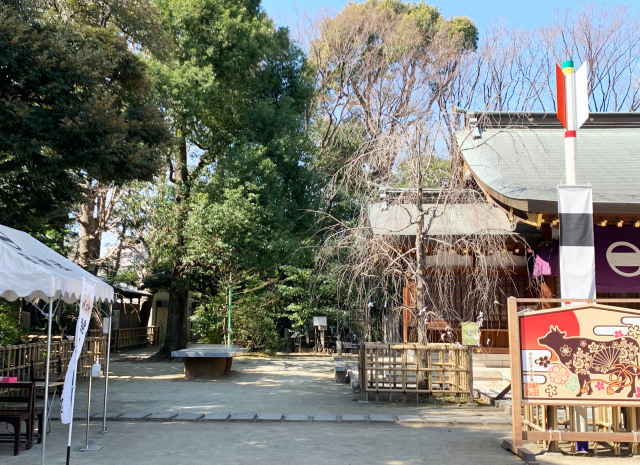
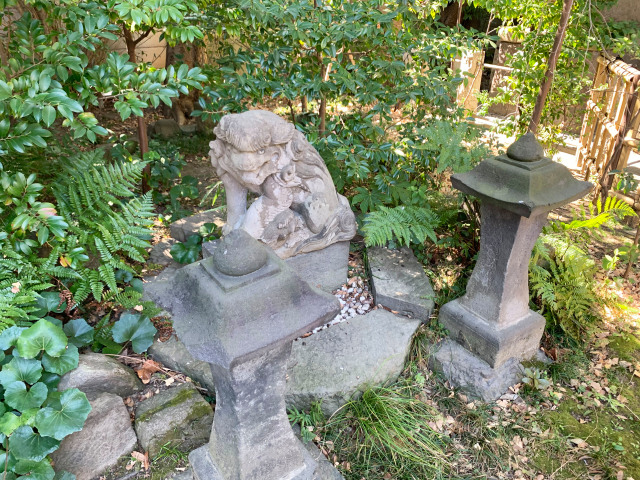
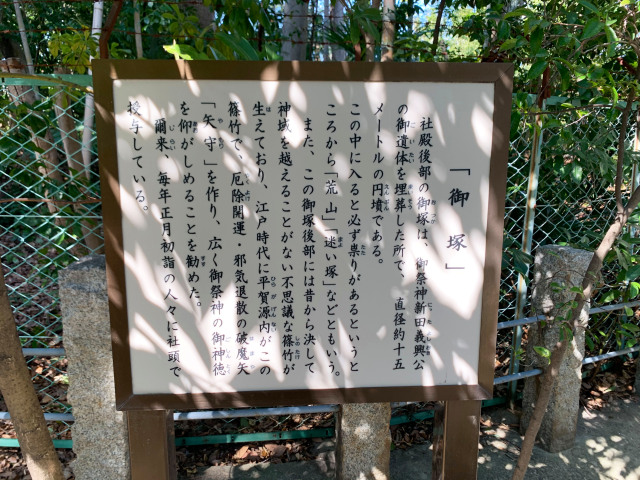
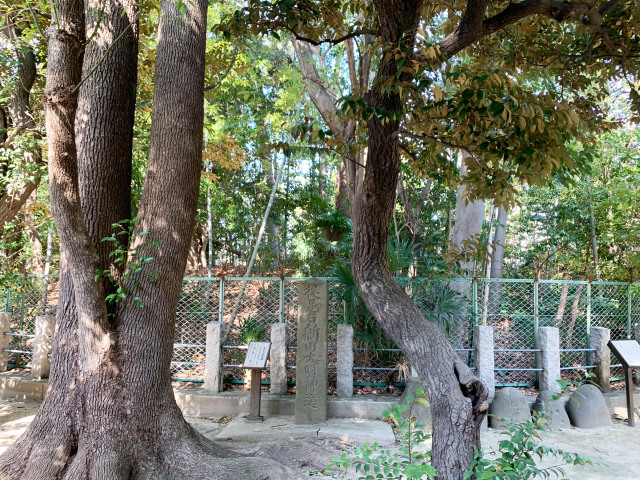
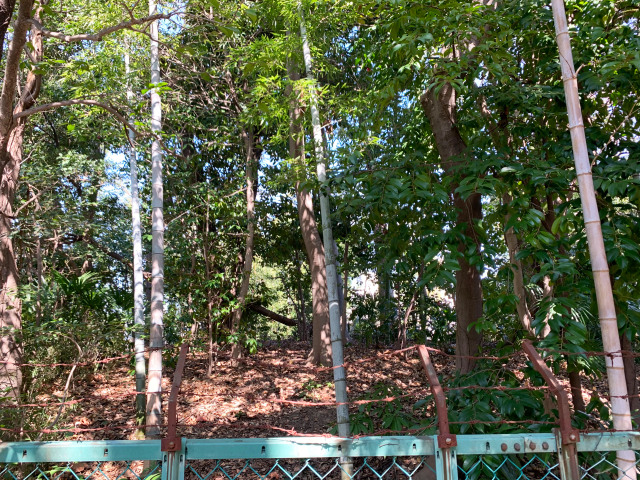
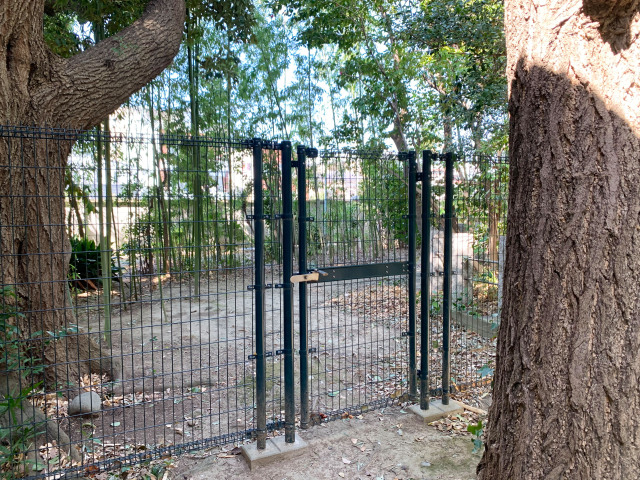
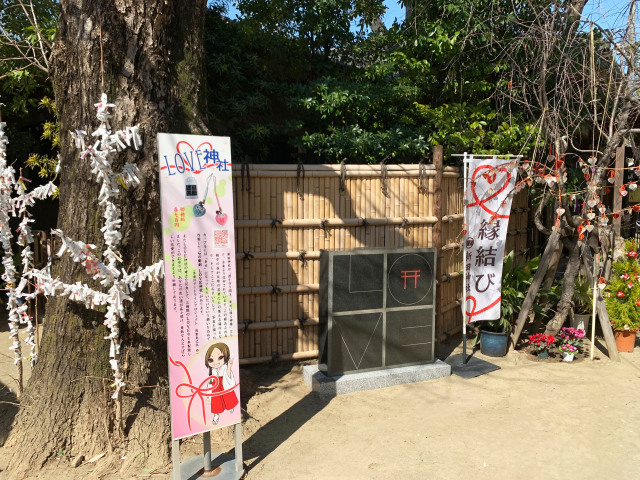
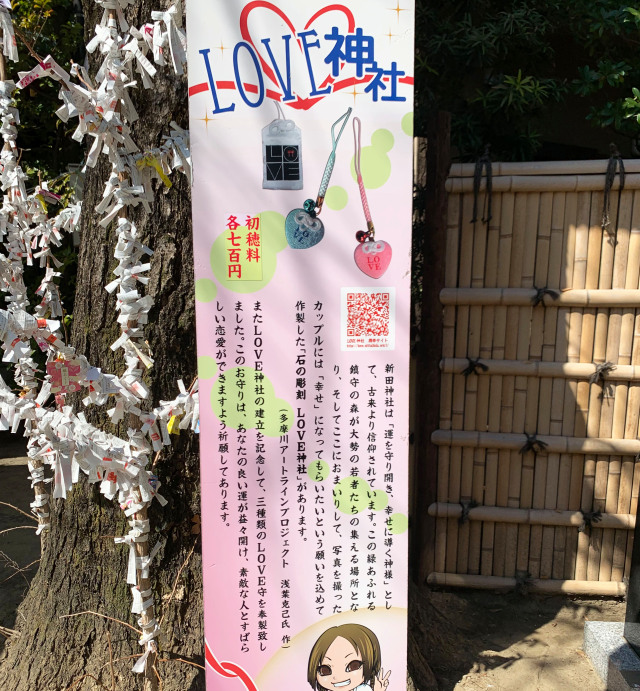
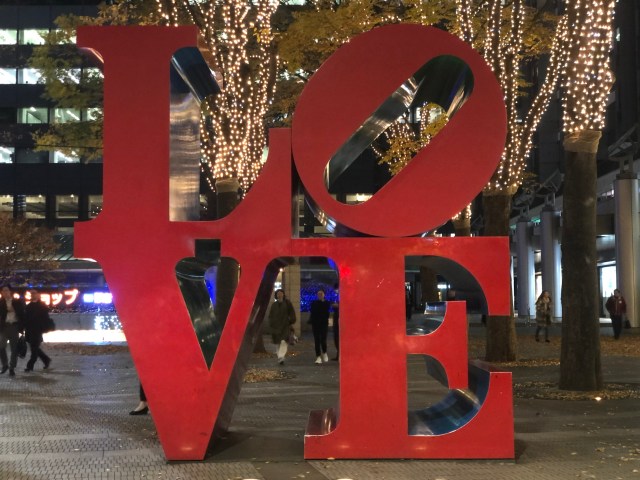
 “Hey, Japanese taxi driver, take us to the best seafood joint in Otaru!”
“Hey, Japanese taxi driver, take us to the best seafood joint in Otaru!” A visit to Japan’s forbidden forest of Yawata no Yabushirazu
A visit to Japan’s forbidden forest of Yawata no Yabushirazu Japanese voodoo dolls with foreign politician photo keep getting nailed to town’s shrine trees
Japanese voodoo dolls with foreign politician photo keep getting nailed to town’s shrine trees At this Kyoto shrine, be careful what you wish for—and how—, because you just might get it
At this Kyoto shrine, be careful what you wish for—and how—, because you just might get it Japan’s “killing stone” splits in two, possibly unleashing evil nine-tailed fox spirit
Japan’s “killing stone” splits in two, possibly unleashing evil nine-tailed fox spirit McDonald’s new Happy Meals offer up cute and practical Sanrio lifestyle goods
McDonald’s new Happy Meals offer up cute and practical Sanrio lifestyle goods Red light district sushi restaurant in Tokyo shows us just how wrong we were about it
Red light district sushi restaurant in Tokyo shows us just how wrong we were about it Historical figures get manga makeovers from artists of Spy x Family, My Hero Academia and more
Historical figures get manga makeovers from artists of Spy x Family, My Hero Academia and more Anime girl English teacher Ellen-sensei becomes VTuber/VVTUber and NFT
Anime girl English teacher Ellen-sensei becomes VTuber/VVTUber and NFT Sandwiches fit for a sumo served up in Osaka【Taste Test】
Sandwiches fit for a sumo served up in Osaka【Taste Test】 Japanese ramen restaurants under pressure from new yen banknotes
Japanese ramen restaurants under pressure from new yen banknotes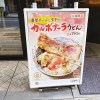 Limited-edition Carbonara Udon will anger noodle purists and pasta lovers 【Taste test】
Limited-edition Carbonara Udon will anger noodle purists and pasta lovers 【Taste test】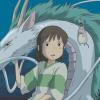 Haku is…Chihiro’s dead brother? Studio Ghibli fans blown away by Spirited Away theory
Haku is…Chihiro’s dead brother? Studio Ghibli fans blown away by Spirited Away theory We try out “Chan Ramen”, an underground type of ramen popular in the ramen community
We try out “Chan Ramen”, an underground type of ramen popular in the ramen community Starbucks Japan adds a Motto Frappuccino to the menu for a limited time
Starbucks Japan adds a Motto Frappuccino to the menu for a limited time All-you-can-drink Starbucks and amazing views part of Tokyo’s new 170 meter-high sky lounge
All-you-can-drink Starbucks and amazing views part of Tokyo’s new 170 meter-high sky lounge French Fries Bread in Tokyo’s Shibuya becomes a hit on social media
French Fries Bread in Tokyo’s Shibuya becomes a hit on social media Studio Ghibli releases new action figures featuring Nausicaä of the Valley of the Wind characters
Studio Ghibli releases new action figures featuring Nausicaä of the Valley of the Wind characters New private rooms on Tokaido Shinkansen change the way we travel from Tokyo to Kyoto
New private rooms on Tokaido Shinkansen change the way we travel from Tokyo to Kyoto Studio Ghibli glasses cases let anime characters keep an eye on your spectacles
Studio Ghibli glasses cases let anime characters keep an eye on your spectacles Tokyo Tsukiji fish market site to be redeveloped with 50,000-seat stadium, hotel, shopping center
Tokyo Tsukiji fish market site to be redeveloped with 50,000-seat stadium, hotel, shopping center Beautiful Ghibli sealing wax kits let you create accessories and elegant letter decorations【Pics】
Beautiful Ghibli sealing wax kits let you create accessories and elegant letter decorations【Pics】 Studio Ghibli releases Kiki’s Delivery Service chocolate cake pouches in Japan
Studio Ghibli releases Kiki’s Delivery Service chocolate cake pouches in Japan New definition of “Japanese whiskey” goes into effect to prevent fakes from fooling overseas buyers
New definition of “Japanese whiskey” goes into effect to prevent fakes from fooling overseas buyers Our Japanese reporter visits Costco in the U.S., finds super American and very Japanese things
Our Japanese reporter visits Costco in the U.S., finds super American and very Japanese things Studio Ghibli unveils Mother’s Day gift set that captures the love in My Neighbour Totoro
Studio Ghibli unveils Mother’s Day gift set that captures the love in My Neighbour Totoro New Japanese KitKat flavour stars Sanrio characters, including Hello Kitty
New Japanese KitKat flavour stars Sanrio characters, including Hello Kitty More foreign tourists than ever before in history visited Japan last month
More foreign tourists than ever before in history visited Japan last month New Pokémon cakes let you eat your way through Pikachu and all the Eevee evolutions
New Pokémon cakes let you eat your way through Pikachu and all the Eevee evolutions Sales of Japan’s most convenient train ticket/shopping payment cards suspended indefinitely
Sales of Japan’s most convenient train ticket/shopping payment cards suspended indefinitely Sold-out Studio Ghibli desktop humidifiers are back so Totoro can help you through the dry season
Sold-out Studio Ghibli desktop humidifiers are back so Totoro can help you through the dry season Japanese government to make first change to romanization spelling rules since the 1950s
Japanese government to make first change to romanization spelling rules since the 1950s Ghibli founders Toshio Suzuki and Hayao Miyazaki contribute to Japanese whisky Totoro label design
Ghibli founders Toshio Suzuki and Hayao Miyazaki contribute to Japanese whisky Totoro label design Doraemon found buried at sea as scene from 1993 anime becomes real life【Photos】
Doraemon found buried at sea as scene from 1993 anime becomes real life【Photos】 Tokyo’s most famous Starbucks is closed
Tokyo’s most famous Starbucks is closed One Piece characters’ nationalities revealed, but fans have mixed opinions
One Piece characters’ nationalities revealed, but fans have mixed opinions We asked a Uniqlo employee what four things we should buy and their suggestions didn’t disappoint
We asked a Uniqlo employee what four things we should buy and their suggestions didn’t disappoint Princesses, fruits, and blacksmiths: Study reveals the 30 most unusual family names in Japan
Princesses, fruits, and blacksmiths: Study reveals the 30 most unusual family names in Japan Sacred 1,200-year-old tree toppled by severe storm at shrine in central Japan【Photos】
Sacred 1,200-year-old tree toppled by severe storm at shrine in central Japan【Photos】 Akihabara’s otaku shrine celebrates PlayStation 5 launch with ethereal one-night event
Akihabara’s otaku shrine celebrates PlayStation 5 launch with ethereal one-night event Kyoto’s Shrine of Severing Ties does its job a little too well again…by losing jobs
Kyoto’s Shrine of Severing Ties does its job a little too well again…by losing jobs Charges dropped against elderly Japanese man for nailing Putin voodoo doll to sacred shrine tree
Charges dropped against elderly Japanese man for nailing Putin voodoo doll to sacred shrine tree TripAdvisor Japan announces the country’s 10 favorite shrines and temples
TripAdvisor Japan announces the country’s 10 favorite shrines and temples Visiting a maximum security shrine at the foot of the Narita airport runway
Visiting a maximum security shrine at the foot of the Narita airport runway Akutai Matsuri: Japan’s Verbal Abuse Festival, where insults and bad behaviour are encouraged
Akutai Matsuri: Japan’s Verbal Abuse Festival, where insults and bad behaviour are encouraged Goku cosplayer takes his Flying Nimbus to Los Angeles【Video】
Goku cosplayer takes his Flying Nimbus to Los Angeles【Video】 Japanese photographer captures the beauty of Kyoto in the snow 【Photos】
Japanese photographer captures the beauty of Kyoto in the snow 【Photos】 This Year of the Rabbit, visit some of the best Japanese sightseeing spots related to rabbits
This Year of the Rabbit, visit some of the best Japanese sightseeing spots related to rabbits A visit to one of Japan’s motorcycle Shinto shrines
A visit to one of Japan’s motorcycle Shinto shrines Step into a magical spirit world at the Motomiya Festival at Fushimi Inari Shrine in Kyoto
Step into a magical spirit world at the Motomiya Festival at Fushimi Inari Shrine in Kyoto New hair pins let you look like you’ve been stabbed in the head with a classic Japanese icon
New hair pins let you look like you’ve been stabbed in the head with a classic Japanese icon Huge torii gate found in the middle of a busy Kumamoto intersection
Huge torii gate found in the middle of a busy Kumamoto intersection The only path to this Nagasaki Shinto shrine gets swallowed by the sea every day【Video】
The only path to this Nagasaki Shinto shrine gets swallowed by the sea every day【Video】 We visit the awesome new Samurai Museum in Shinjuku【Photos】
We visit the awesome new Samurai Museum in Shinjuku【Photos】
Leave a Reply